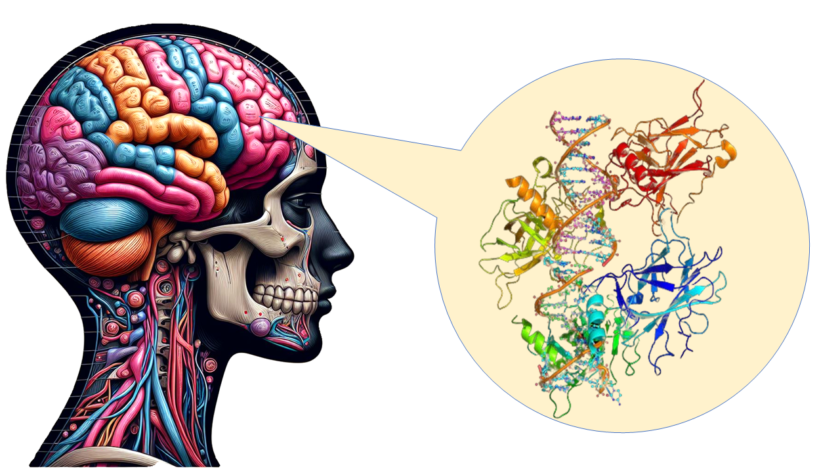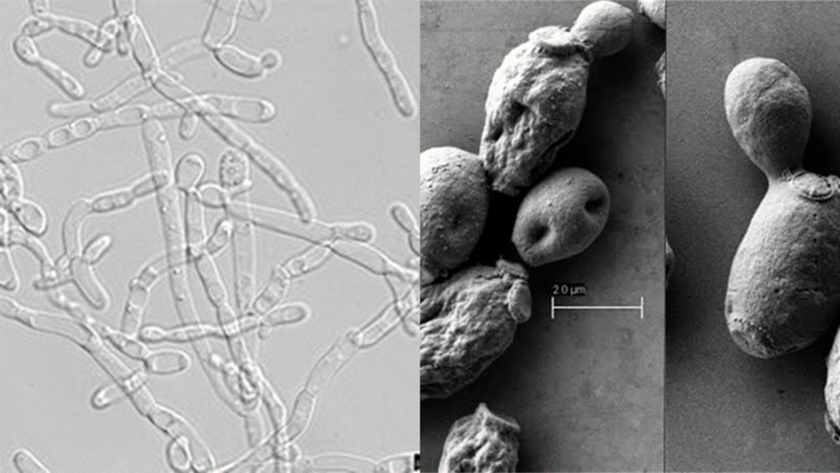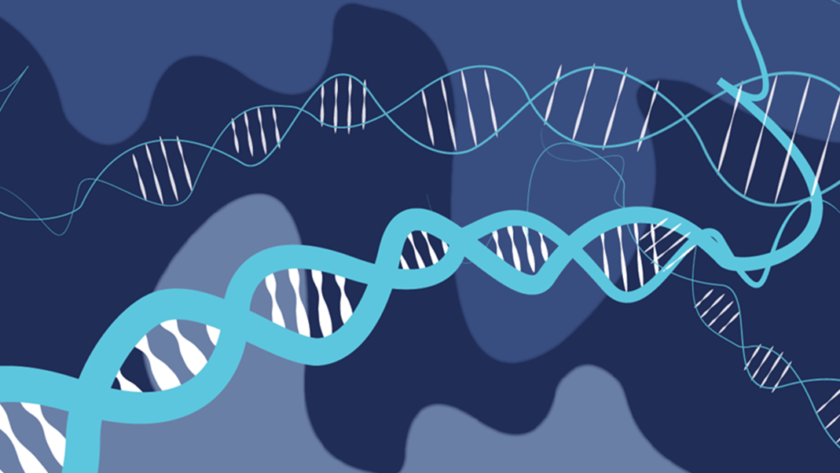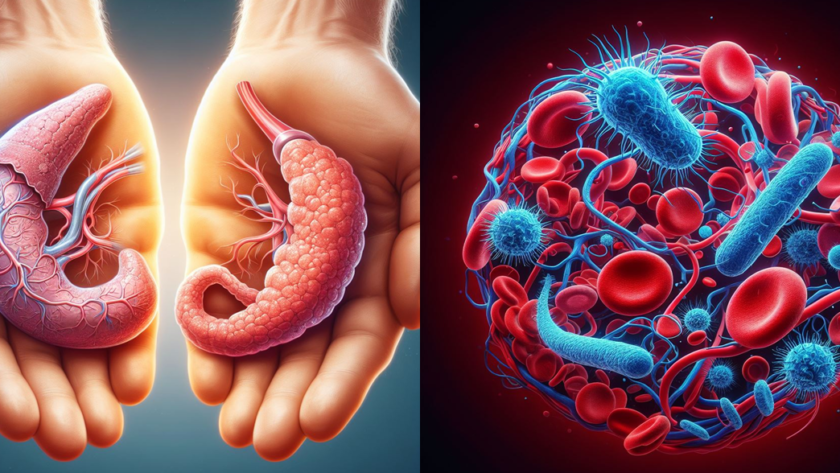Introduction
Esophageal squamous cell carcinoma (ESCC) is one of the most aggressive forms of esophageal cancer and often presents treatment challenges due to its resistance to chemoradiotherapy (CRT). A recent study titled "Decreased plasma gelsolin fosters a fibrotic tumor microenvironment and promotes chemoradiotherapy resistance in esophageal squamous cell carcinoma" sheds light on an intriguing factor…

Many stem cell therapies are still in the research stage, and some are being used in clinical practice worldwide for specific conditions.
Bone marrow transplants are the most widely used stem cell treatment currently available and are typically used to treat blood disorders like lymphoma or leukemia. Certain diseases or injuries of the skin, bones,…

Enormous predatory dinosaurs, known as tyrannosaurids, underwent significant changes in skull strength and body shape as they grew up, suggesting they probably lived in different ecological niches. Juveniles mainly ate dinosaurian megaherbivores, but we do not have any other information about what young Tyrannosaurids ate. In this study, we present a unique fossil: the preserved…

As coastal cities in the United States grapple with the increasing threat of flooding, an unexpected contributor to this problem has emerged: land subsidence. This phenomenon, characterized by the gradual sinking or settling of land, exacerbates flood risks and poses significant challenges for urban areas along the coast.
Rising sea levels threaten coastal communities worldwide;…

The ongoing struggle against foodborne pathogens is a persistent issue in the food processing sector. Conventional approaches frequently depend on strong chemicals that can leave behind residues on food and pose risks to the environment. However, there is now a promising solution on the horizon: the blue 405 nm LED light. This innovative technology has…

The human brain is an incredibly complex system, with proteins serving as the conductors orchestrating the functions of life. These tiny machines carry out a wide range of duties, from transmitting signals to constructing cell components. Yet, understanding the detailed movements of proteins still puzzles scientists. Protein mapping has now become a valuable method for…

Nervonic acid is a very long-chain fatty acid (VLCFA) with a wide range of potential applications in the pharmaceutical, food, and cosmetics industries. However, the natural sources of nervonic acid are limited and expensive. Metabolic engineering offers a promising approach to the sustainable production of nervonic acid. Nervonic acid (NA), also known as cis-15-tetracosenoic acid…

Przevalski's partridge (Alectoris magna), a native bird species of Central Asia, has long captivated scientists with its unique evolutionary history and resilience to harsh environmental conditions. To gain a deeper understanding of this remarkable bird and its genetic makeup, researchers have embarked on a journey to decipher its entire genome.
In a groundbreaking study published…

Researchers from the Texas A&M School of Veterinary Medicine & Biomedical Sciences have undertaken an exciting scientific endeavor: to sequence the most comprehensive genome for the North American bison. This ambitious project utilized state-of-the-art technology to update the genetic blueprint of this iconic creature. Their efforts led to a wealth of discoveries. In addition to…

The human body, a symphony of trillions of cells, each with a unique identity and function, is a testament to the intricacies of life. Despite sharing the same genetic blueprint, DNA, these cells embark on diverse paths, shaping the remarkable organism we are. At the heart of this cellular diversity lies the intricate organization of…

High-grade serous ovarian cancer (HGSOC) is the most aggressive form of ovarian cancer, with a low five-year survival rate. To address this urgent need for new treatment options, researchers have turned to syngeneic mouse models as a game-changer in HGSOC research. These syngeneic models, derived from the same strain of mouse, provide a unique advantage…

Diabetes Mellitus
Diabetes, a chronic metabolic disorder, is characterized by elevated blood sugar levels, a condition known as hyperglycaemia. This condition arises due to the body's inability to produce or utilize insulin effectively. Insulin, a hormone secreted by the pancreas, plays a crucial role in regulating blood sugar levels by facilitating the uptake of glucose…


